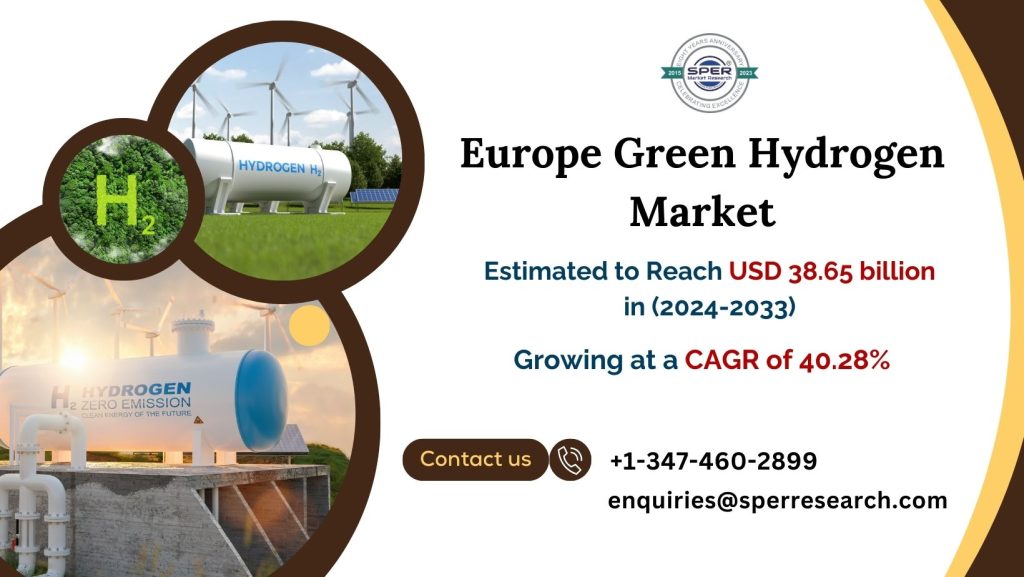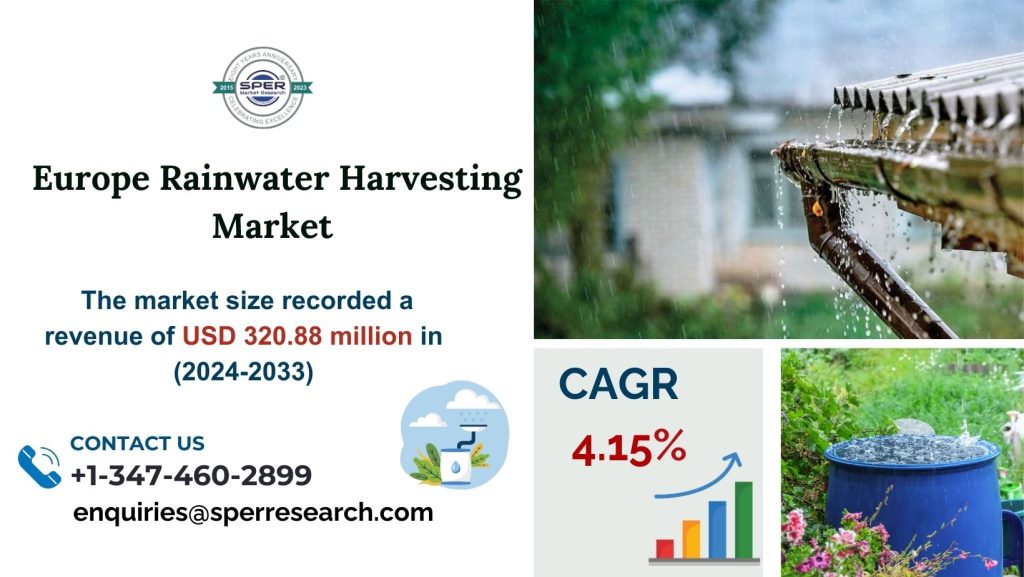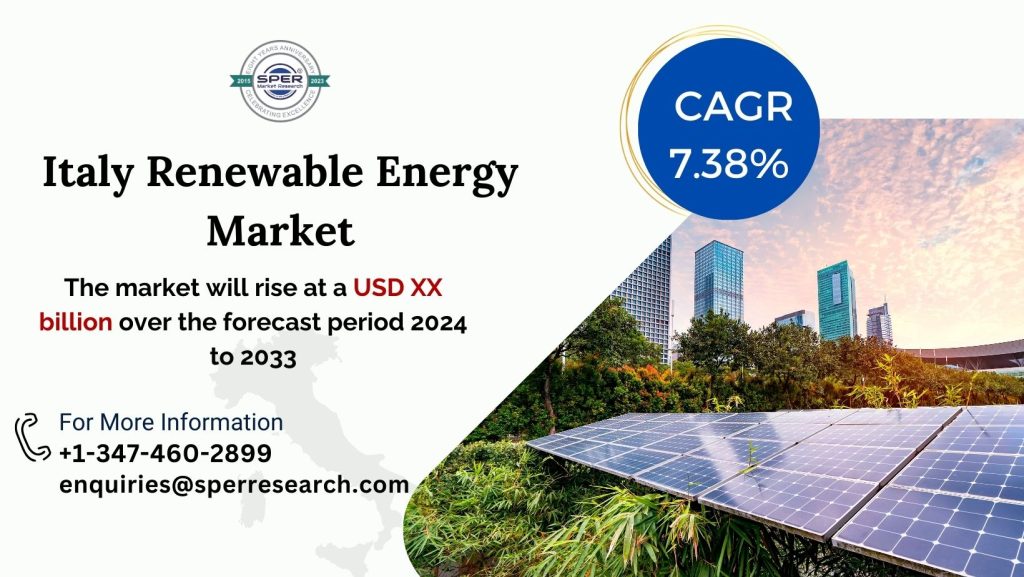Solar panel recycling is the process of gathering and reusing useful components from decommissioned or damaged solar panels. Solar panels are disassembled, processed, and cleaned to extract reusable materials including glass, aluminium, copper, and silicon. The recycling method aims to reduce waste, conserve resources, and lower the environmental impact of solar panel disposal. Recycling solar panels returns valuable resources to the supply chain, promoting a circular economy and resolving environmental concerns raised by the growing volume of solar panel waste.
According to SPER Market Research, ‘Middle East and Africa Solar Panel Recycling Market Size- By Process, By Type – Regional Outlook, Competitive Strategies and Segment Forecast to 2033’ states that the Middle East and Africa Solar Panel Recycling Market is estimated to reach USD 9.89 million by 2033 with a CAGR of 13.51%.
Drivers:
Solar panel installations are increasing in the MEA region, owing to the region’s abundant solar resources and growing demand for clean energy alternatives. This increase in installations directly affects the growth of the solar panel recycling sector. Furthermore, governments across the MEA are enacting supportive laws and regulations to promote the use of renewable energy sources and address environmental concerns. These projects promote market circumstances that encourage solar panel recycling. Furthermore, as environmental concerns and a greater emphasis on sustainability emerge, businesses and organisations are adopting greener practices, such as recycling solar panels. This development has led to a strong demand for solar panel recycling services.
Restraints: Lack of Education and Awareness: One of the biggest barriers to the MEA solar panel recycling market is stakeholders’ and end users’ ignorance of the advantages and significance of recycling. To close this information gap, awareness campaigns and educational initiatives are needed. Limited Recycling Infrastructure: The MEA region currently lacks suitable networks for collecting solar panels and specialised recycling facilities. An inadequate infrastructure makes it difficult to collect, sift, and handle waste from solar panels in an efficient manner. Moreover, High Recycling Costs: Recycling solar panels involves complex processes like sorting, disassembly, and treatment, all of which can be expensive. Some stakeholders can be deterred from actively participating in solar panel recycling programmes by the high expenses associated with recycling.
Request For Free Sample Report @ https://www.sperresearch.com/report-store/mea-solar-panel-recycling-market.aspx?sample=1
The MEA solar panel recycling sector is one of the several industries that have been significantly impacted by the COVID-19 pandemic. The pandemic’s early stages caused supply chain hiccups, a decrease in solar panel installations, and a brief halt to recycling operations. But the epidemic also made resilient and sustainable practices more important, which is why governments and organisations are putting more of an emphasis on waste management and renewable energy. The MEA solar panel recycling market is anticipated to grow as the area gets over the pandemic, with a focus on sustainability and circular economy principles.
Middle East and Africa Solar Panel Recycling Market Key Players:
The United Arab Emirates (UAE) has the largest market in the Middle East and Africa Solar Panel Recycling Market due to the region’s high solar energy adoption. Major players in the market are Canadian Solar Inc, First Solar Inc, Rinovasol GMBH, Sharp Corporation, SunPower Corporation, and Others.
Our in-depth analysis of the Middle East and Africa Solar Panel Recycling Market includes the following segments:
| By Process: |
|
| By Type: |
|
For More Information, refer to below link:-
MEA Solar Panel Recycling Market Outlook
Related Reports:
Follow Us –
LinkedIn | Instagram | Facebook | Twitter
Contact Us:
Sara Lopes, Business Consultant – USA
SPER Market Research
+1-347-460-2899









